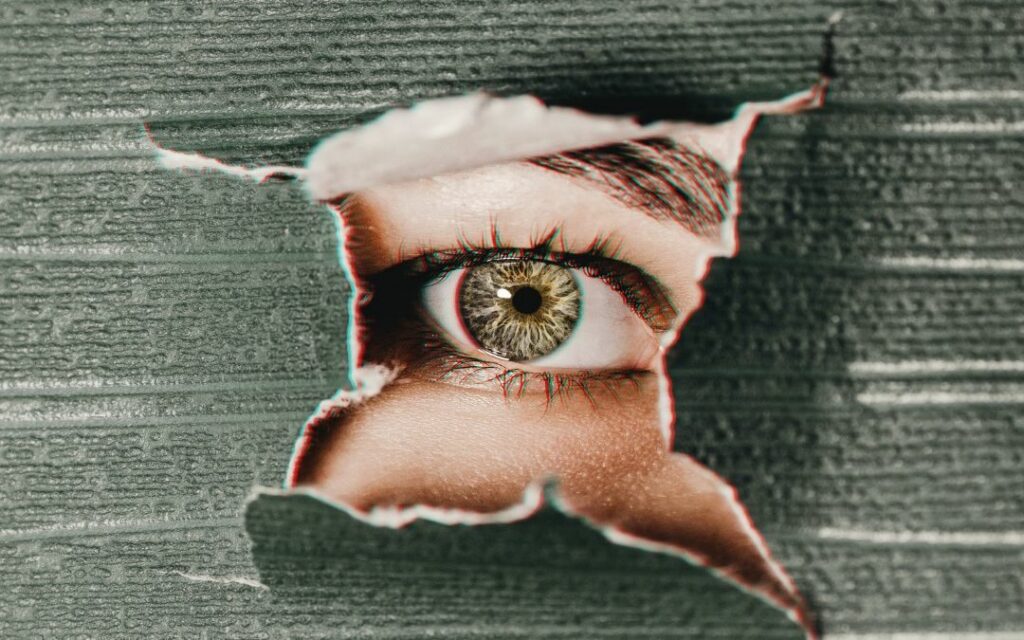Researchers
Samantha Montoya; Michael Lee; Stephen Engel; Michael-Paul Schallmo
Abstract
Visual Snow Syndrome (VSS) is a serious but poorly understood disorder whose defining symptom is a veil of flickering dots covering the entire visual field. VSS is estimated to affect 1.4-3.3% of the population, and is also associated with strong afterimages, trails behind moving objects, poor night vision, and light sensitivity. These symptoms can interfere with daily tasks such as driving and reading.
Despite its prevalence and impact, relatively few studies have examined VSS, and quantitative measurements of symptoms are lacking. To address this gap in knowledge, we developed a matching task in which participants with VSS adjusted parameters of simulated visual snow on a computer screen to match their visual snow percept.
Participants could control the contrast, density, temporal frequency, and size of flickering dots. The simulated snow was randomly generated by independent draws from a distribution controlled by the contrast parameter. The density of the snow was adjusted by setting a certain number of randomly selected draws to background luminance.
The temporal frequency parameter determined how often the display was updated with a new draw of dots. Dot size was adjusted simply by moving closer or further from the display, as snow percepts were generally as small or smaller than pixels viewed from 0.5 m. The dots were presented on one side of the display, with a background luminance field on the other.
Participants freely viewed the stimuli while adjusting the parameters with button presses until the simulated snow resembled the snow they experience. In initial testing, individuals with VSS reported that simulated snow closely resembled their spontaneous snow percept, and parameter settings were consistent across trials. This task should provide a quantitative assessment of visual snow percepts, enabling testing of hypotheses about underlying mechanisms, and may facilitate assessment of treatments/therapies.
Read More Here


